
Professor at Harvard, Broad Institute, & HHMI. Our lab integrates chemistry & evolution to illuminate biology & enable new therapeutics. IG/Threads: @davidrliu1
How to get URL link on X (Twitter) App


 Base editing and prime editing can correct most pathogenic mutations. But despite collectively afflicting ~400,000,000 patients, the vast majority of the >200,000 disease-causing mutations are too rare to attract drug development interest, at least until dramatic regulatory streamlining occurs. This major challenge inspired us to develop editing strategies that might benefit patients across different mutations and different diseases, rather than requiring development of a different editing agent for each mutation.
Base editing and prime editing can correct most pathogenic mutations. But despite collectively afflicting ~400,000,000 patients, the vast majority of the >200,000 disease-causing mutations are too rare to attract drug development interest, at least until dramatic regulatory streamlining occurs. This major challenge inspired us to develop editing strategies that might benefit patients across different mutations and different diseases, rather than requiring development of a different editing agent for each mutation.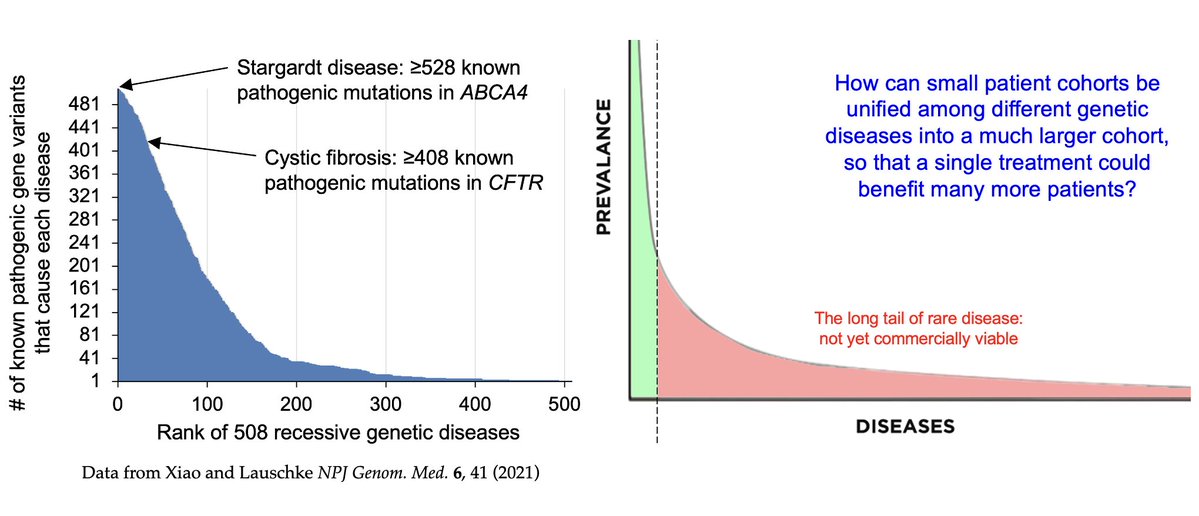

 Prion disease is caused by the assembly of prion protein (PrP) into toxic fibrils, a process templated by spontaneously misfolded endogenous PrP or misfolding-prone PrP mutants, or initiated by infection with exogenous misfolded PrP. Depleting brain PrP to reduce substrate for aggregation is a promising therapeutic strategy. (2/13)
Prion disease is caused by the assembly of prion protein (PrP) into toxic fibrils, a process templated by spontaneously misfolded endogenous PrP or misfolding-prone PrP mutants, or initiated by infection with exogenous misfolded PrP. Depleting brain PrP to reduce substrate for aggregation is a promising therapeutic strategy. (2/13)

 PASSIGE, which we first reported in 2021, couples prime editing with recombinase enzymes to mediate targeted gene integration. Although prime editing effectively installs the attachment site into the genome (>80%), the overall integration efficiency of PASSIGE is limited by recombinase activity. (2/13)
PASSIGE, which we first reported in 2021, couples prime editing with recombinase enzymes to mediate targeted gene integration. Although prime editing effectively installs the attachment site into the genome (>80%), the overall integration efficiency of PASSIGE is limited by recombinase activity. (2/13)

 Virus-like particles (VLPs) offer several key features as an in vivo delivery method for gene editing agents, including very large cargo sizes, the absence of any DNA transgene, and short-lived protein or RNA cargo. VLPs thus have potential to enable single-particle, DNA-free, transient delivery of prime editor RNPs.
Virus-like particles (VLPs) offer several key features as an in vivo delivery method for gene editing agents, including very large cargo sizes, the absence of any DNA transgene, and short-lived protein or RNA cargo. VLPs thus have potential to enable single-particle, DNA-free, transient delivery of prime editor RNPs.
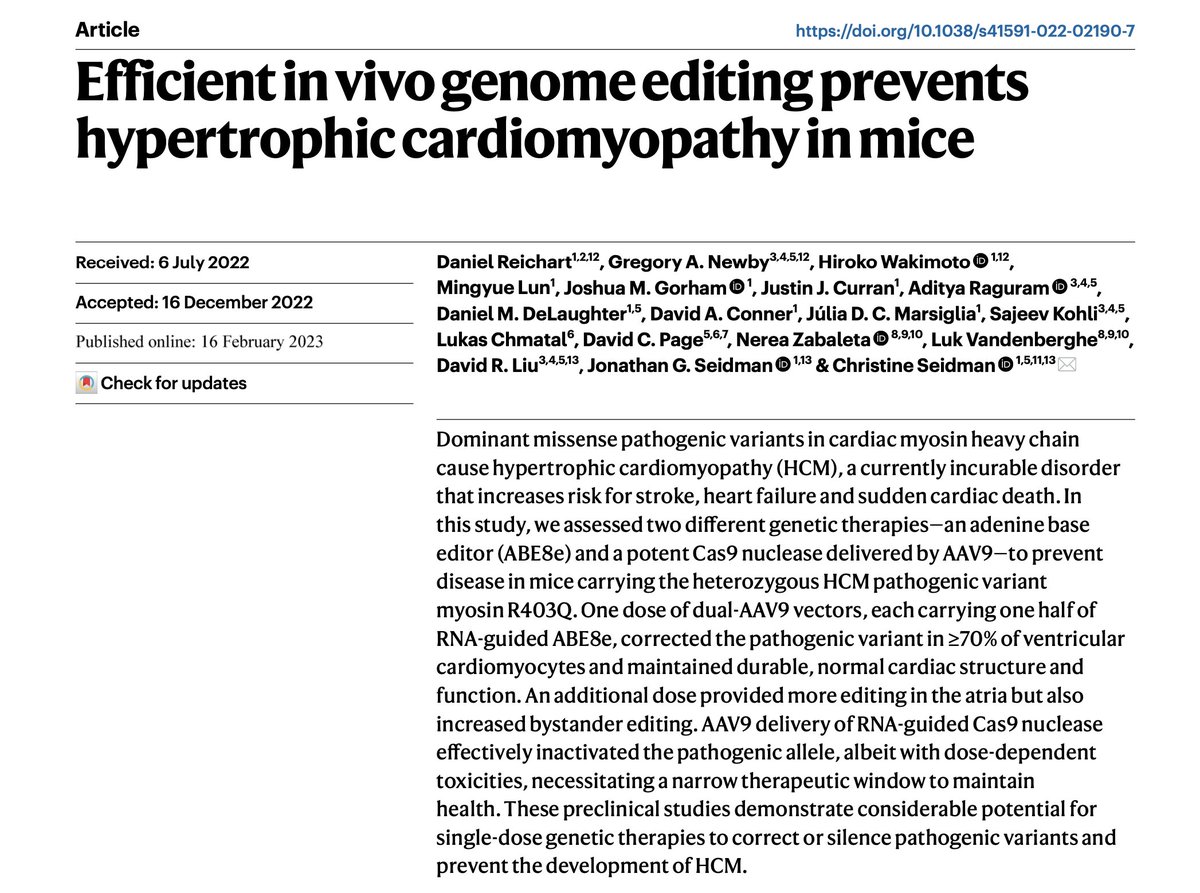
 We designed an adenine base editor to correct myosin R403Q. In vivo delivery of the adenine base editor into two mouse models of R403Q using AAV9 resulted in 30-80% correction of Myh6 transcripts, which are exclusively made in cardiomyocytes. 2/8
We designed an adenine base editor to correct myosin R403Q. In vivo delivery of the adenine base editor into two mouse models of R403Q using AAV9 resulted in 30-80% correction of Myh6 transcripts, which are exclusively made in cardiomyocytes. 2/8 

 In 2020 we reported in @Nature the use of a novel double-strand DNA cytidine deaminase discovered by Joseph Mougous's lab to create all-protein DdCBEs, enabling the first editing of DNA in mitochondria—a CRISPR-free zone—to specified other sequences. 2/8 drive.google.com/file/d/1b2asK4…
In 2020 we reported in @Nature the use of a novel double-strand DNA cytidine deaminase discovered by Joseph Mougous's lab to create all-protein DdCBEs, enabling the first editing of DNA in mitochondria—a CRISPR-free zone—to specified other sequences. 2/8 drive.google.com/file/d/1b2asK4… 

 Current ABEs, including those in clinical trials, use a laboratory-evolved deoxyadenosine deaminase that results in similar or higher on-target activity, smaller size, and lower Cas-independent DNA and RNA off-target editing activity compared to commonly used CBEs. 2/14
Current ABEs, including those in clinical trials, use a laboratory-evolved deoxyadenosine deaminase that results in similar or higher on-target activity, smaller size, and lower Cas-independent DNA and RNA off-target editing activity compared to commonly used CBEs. 2/14 

 Using DNA-templated ligation to join side-chain-functionalized DNA trimers enables artificial 'translation' of DNA libraries into highly functionalized nucleic acid polymer (HFNAP) libraries that can be evolved through iterated selection, template PCR, translation & mutation. 2/6
Using DNA-templated ligation to join side-chain-functionalized DNA trimers enables artificial 'translation' of DNA libraries into highly functionalized nucleic acid polymer (HFNAP) libraries that can be evolved through iterated selection, template PCR, translation & mutation. 2/6 

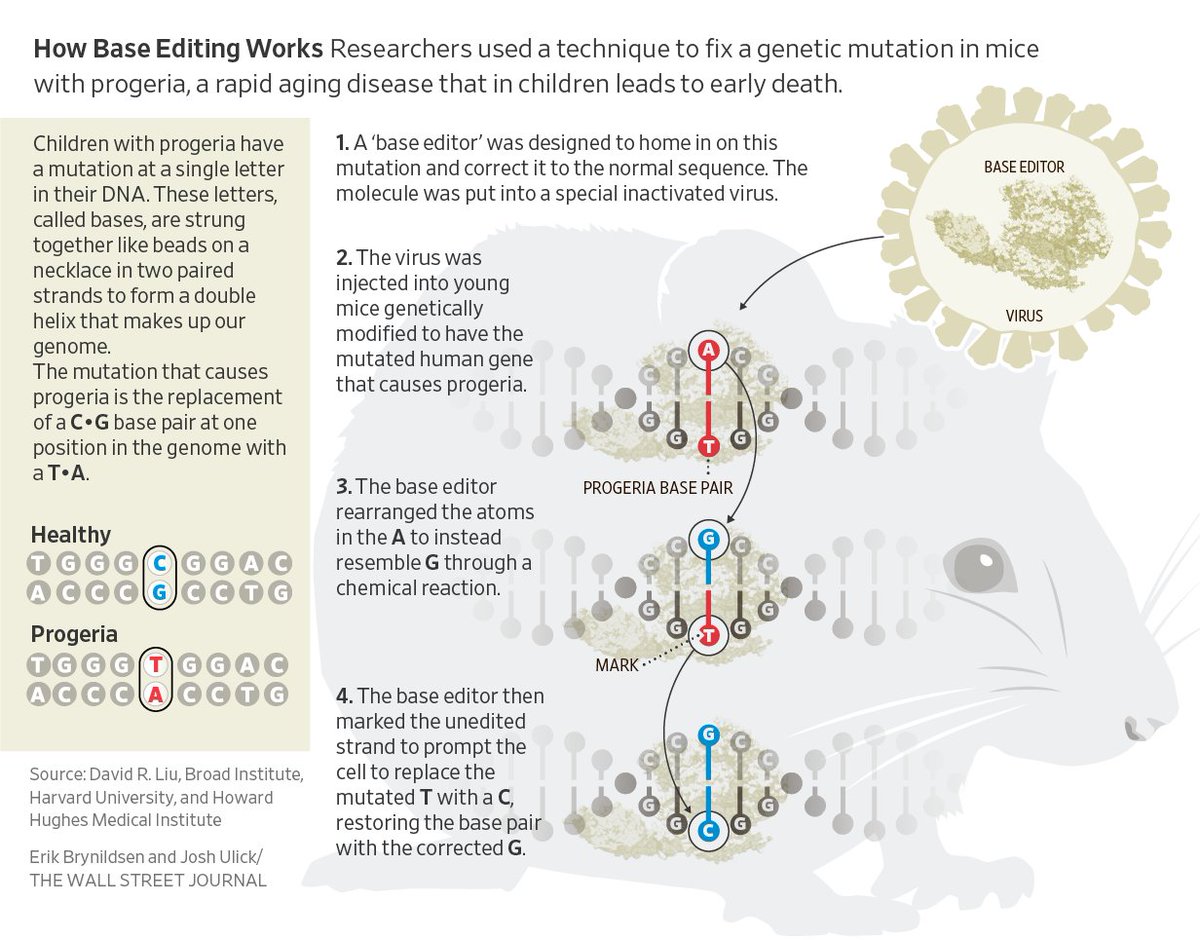
 The mutation (discovered by @NIHDirector’s lab in 2003) results in progerin, a toxic protein that damages nuclei. So providing more healthy LMNA is not a solution, and cutting the mutated gene with nucleases is also challenging due to indel mixtures & similarity with wt LMNA.2/11
The mutation (discovered by @NIHDirector’s lab in 2003) results in progerin, a toxic protein that damages nuclei. So providing more healthy LMNA is not a solution, and cutting the mutated gene with nucleases is also challenging due to indel mixtures & similarity with wt LMNA.2/11 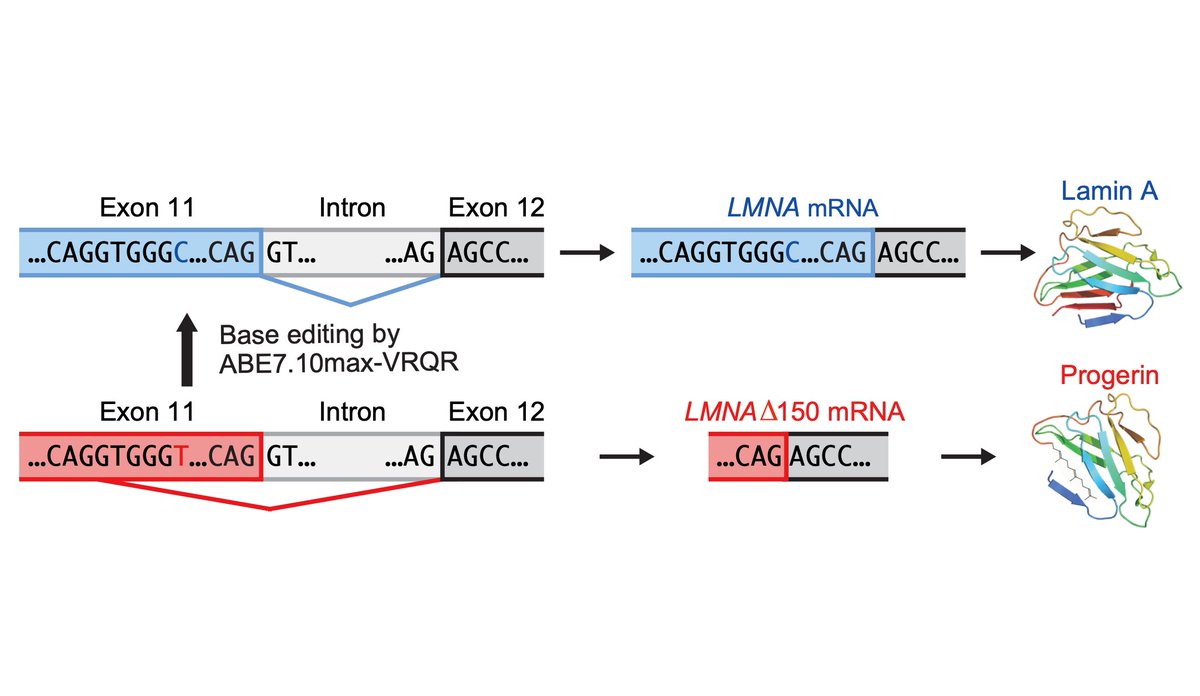

 From one of the most accurate #COVID19 models to date (@youyanggu's covid19-projections.com/#current-us-pr…), about 1 in 75 Americans today has an active #COVID19 infection. Many of these are asymptomatic and unaware they are infected, but can still infect others. (2/12) nejm.org/doi/full/10.10…
From one of the most accurate #COVID19 models to date (@youyanggu's covid19-projections.com/#current-us-pr…), about 1 in 75 Americans today has an active #COVID19 infection. Many of these are asymptomatic and unaware they are infected, but can still infect others. (2/12) nejm.org/doi/full/10.10…
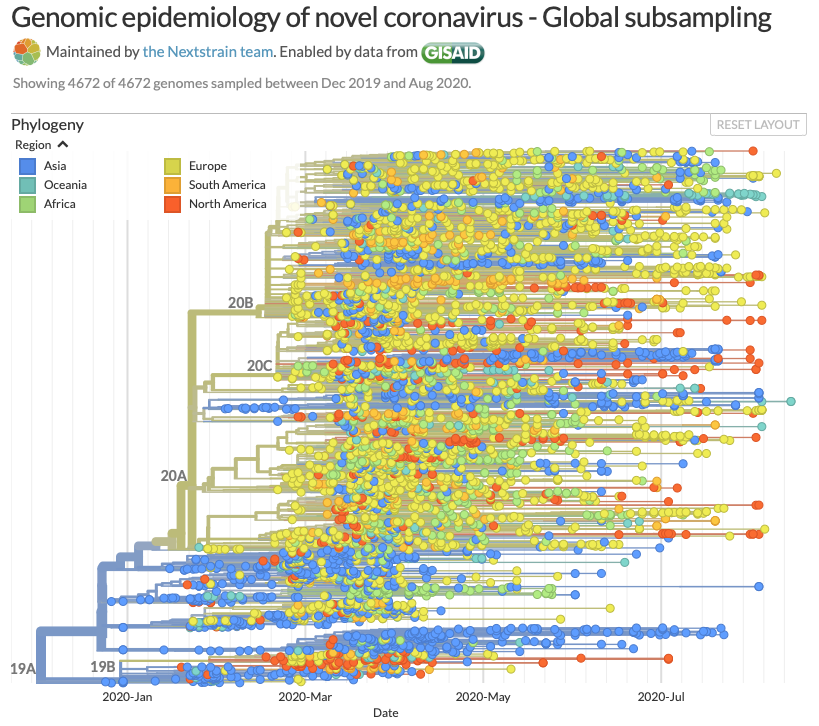
https://twitter.com/cwylilian/status/1297857565385093121He returned to Hong Kong from Spain and upon RT-PCR entry screening at the HK airport tested positive again by RT-PCR on Aug 15 (4.5 months after his initial positive test), with Ct=26.7, a fairly high viral load. No symptoms the second time. Hospitalized again. (2/6)



 The authors isolated coronaviruses from pangolins dying from respiratory disease in a wildlife rescue center in Mar-Aug 2019. One CoV-positive pangolin had antibodies that cross-reacted with #SARSCoV2 antigens, suggesting the animal was infected with a SARS-CoV-2-like virus.(2/5)
The authors isolated coronaviruses from pangolins dying from respiratory disease in a wildlife rescue center in Mar-Aug 2019. One CoV-positive pangolin had antibodies that cross-reacted with #SARSCoV2 antigens, suggesting the animal was infected with a SARS-CoV-2-like virus.(2/5)
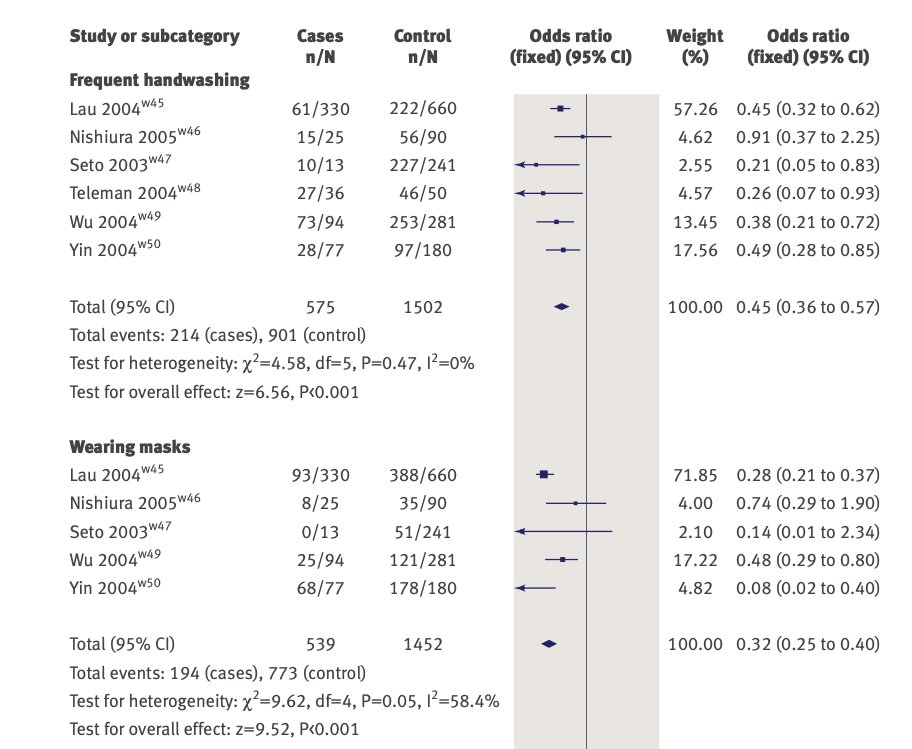
 But what type of mask should you wear? Any type of mask that serves as a barrier between your nose/mouth and the environment will likely help and is better than no mask, but data has been published on cloth masks vs surgical (medical) masks vs N95 masks (respirators). (2/9)
But what type of mask should you wear? Any type of mask that serves as a barrier between your nose/mouth and the environment will likely help and is better than no mask, but data has been published on cloth masks vs surgical (medical) masks vs N95 masks (respirators). (2/9)


 Two of the three N (nitrogen) atoms in chloroquine each tend to grab an extra proton in neutral water. When that happens, chloroquine acquires two positive charges—it becomes a cation. Those positive charges must find negative charges (anions) in stable forms of chloroquine.(2/5)
Two of the three N (nitrogen) atoms in chloroquine each tend to grab an extra proton in neutral water. When that happens, chloroquine acquires two positive charges—it becomes a cation. Those positive charges must find negative charges (anions) in stable forms of chloroquine.(2/5) 